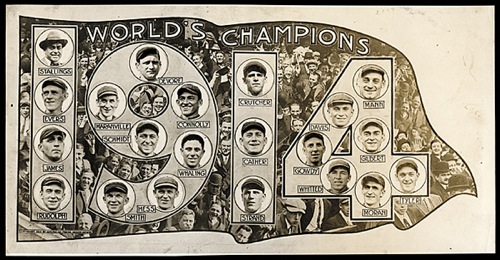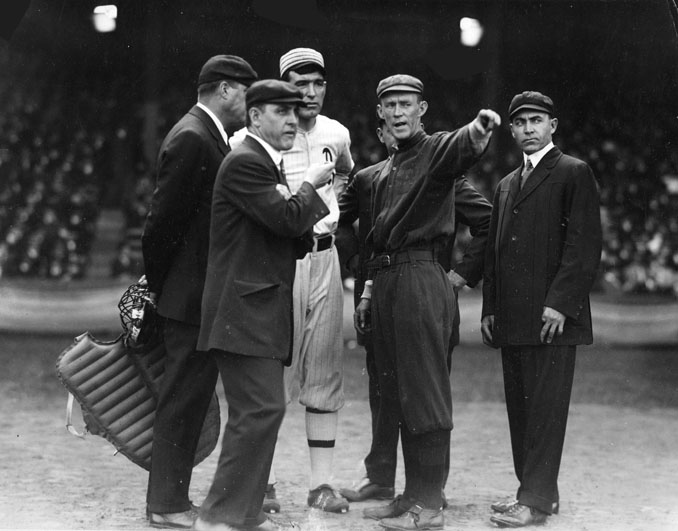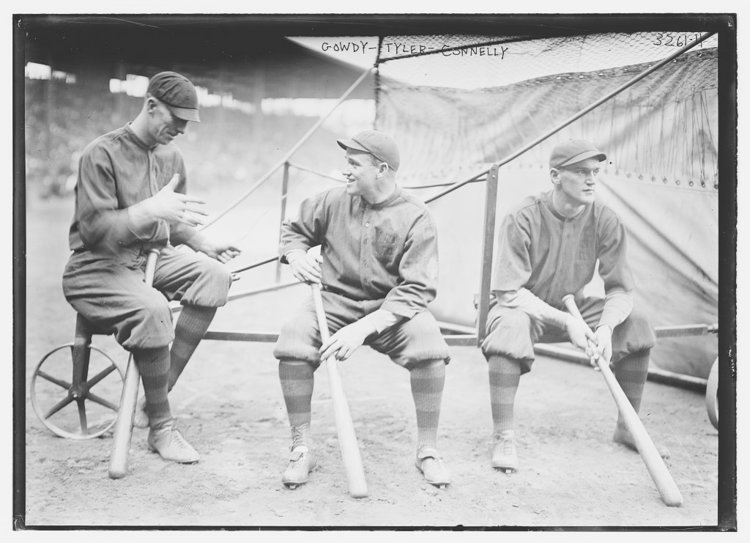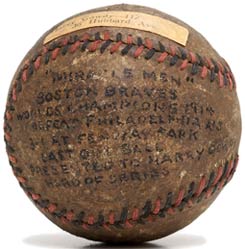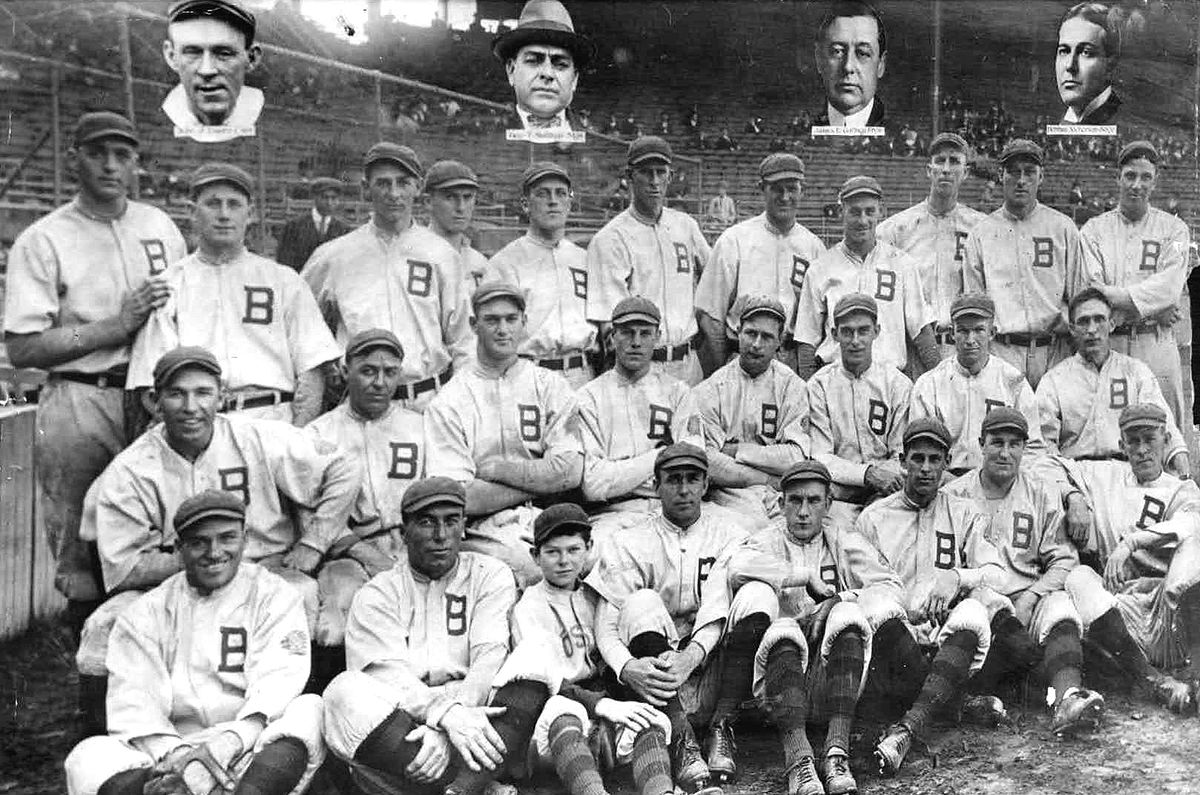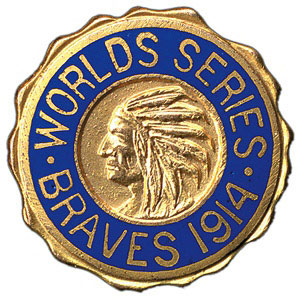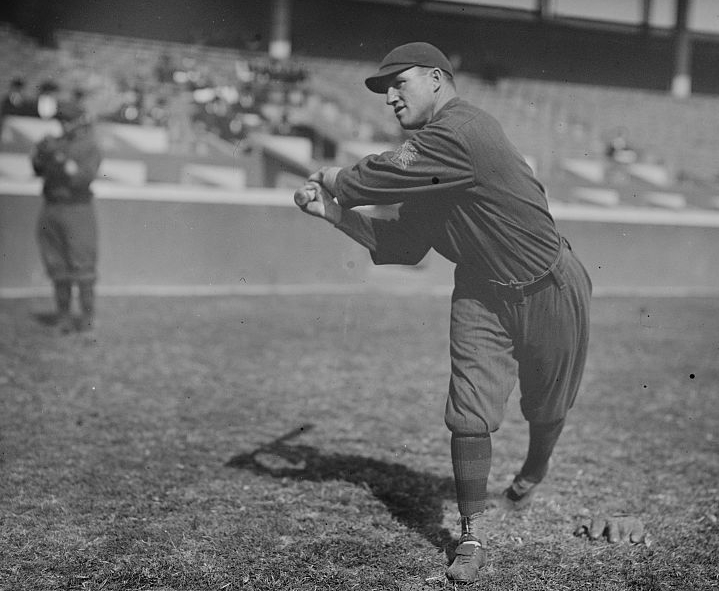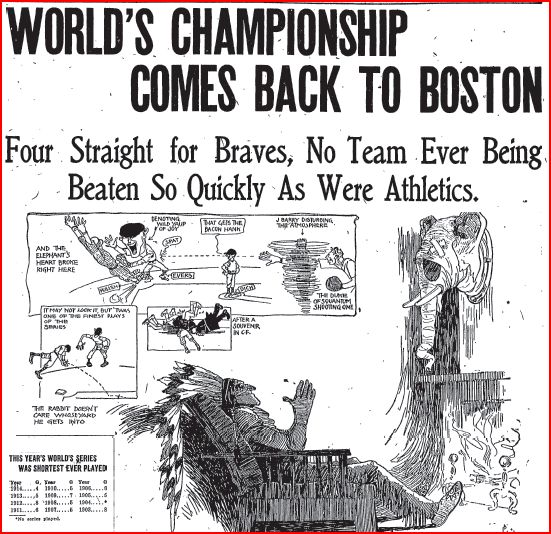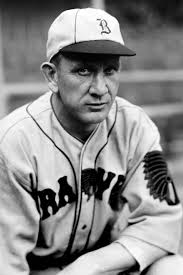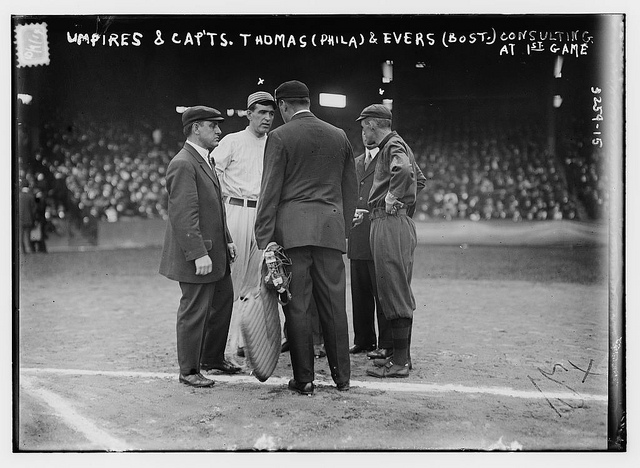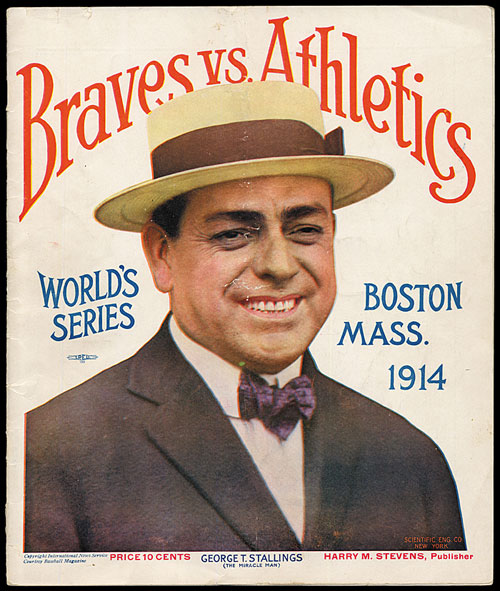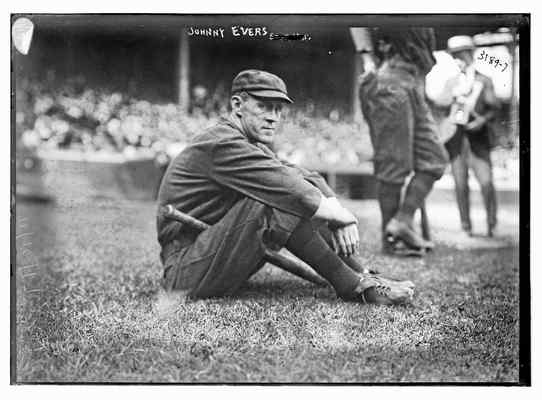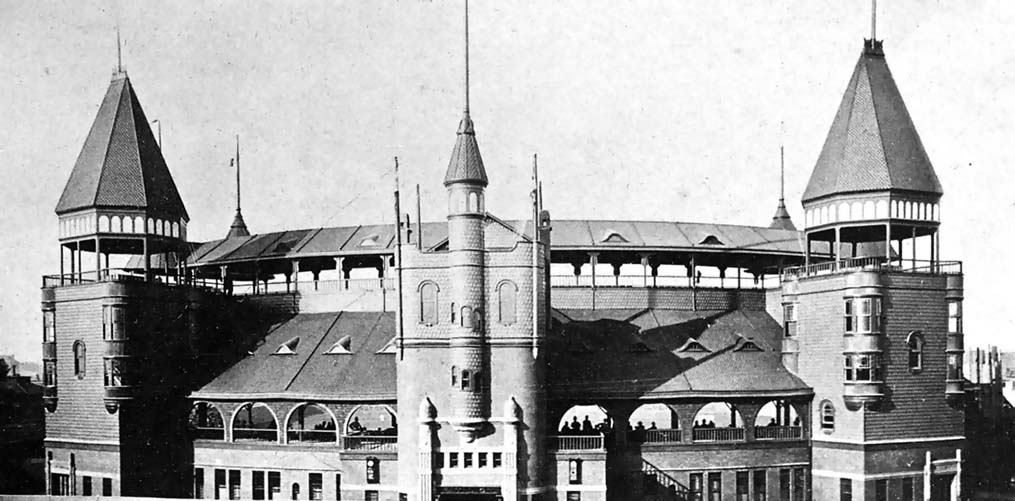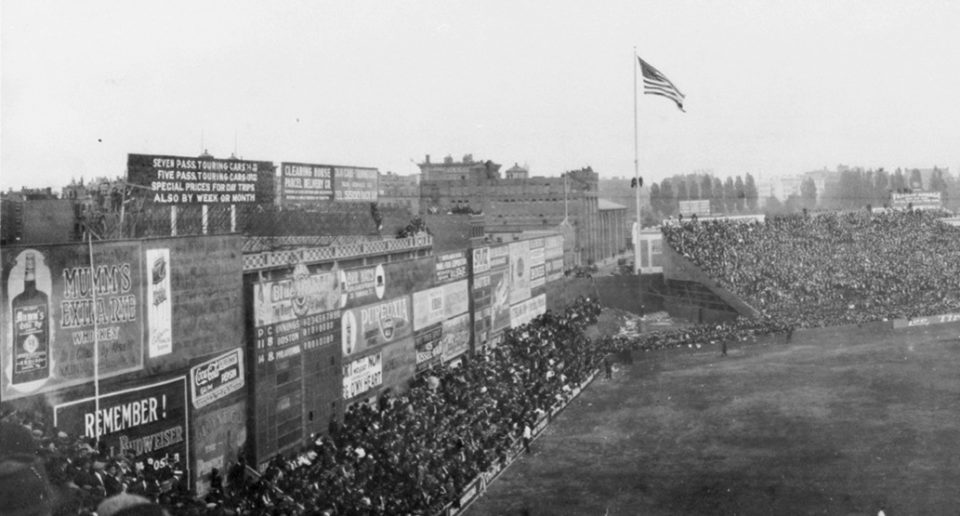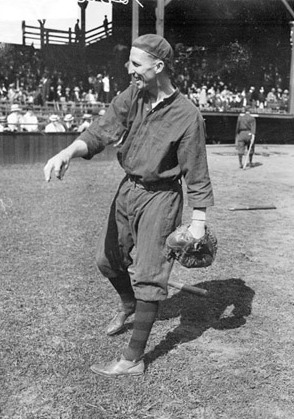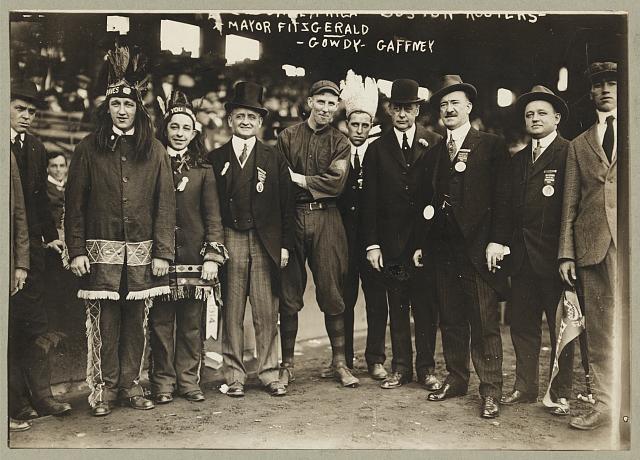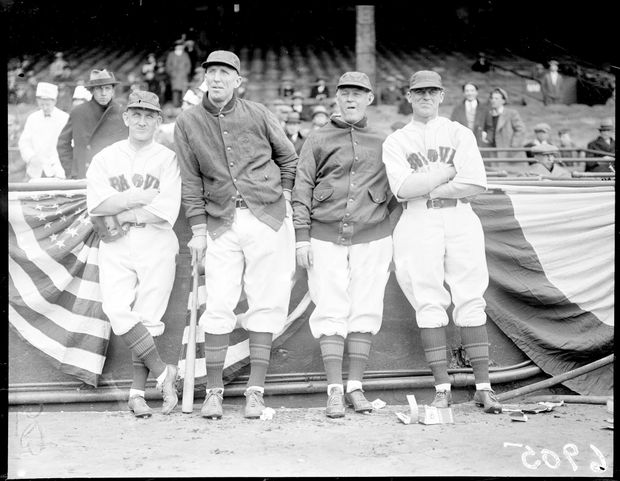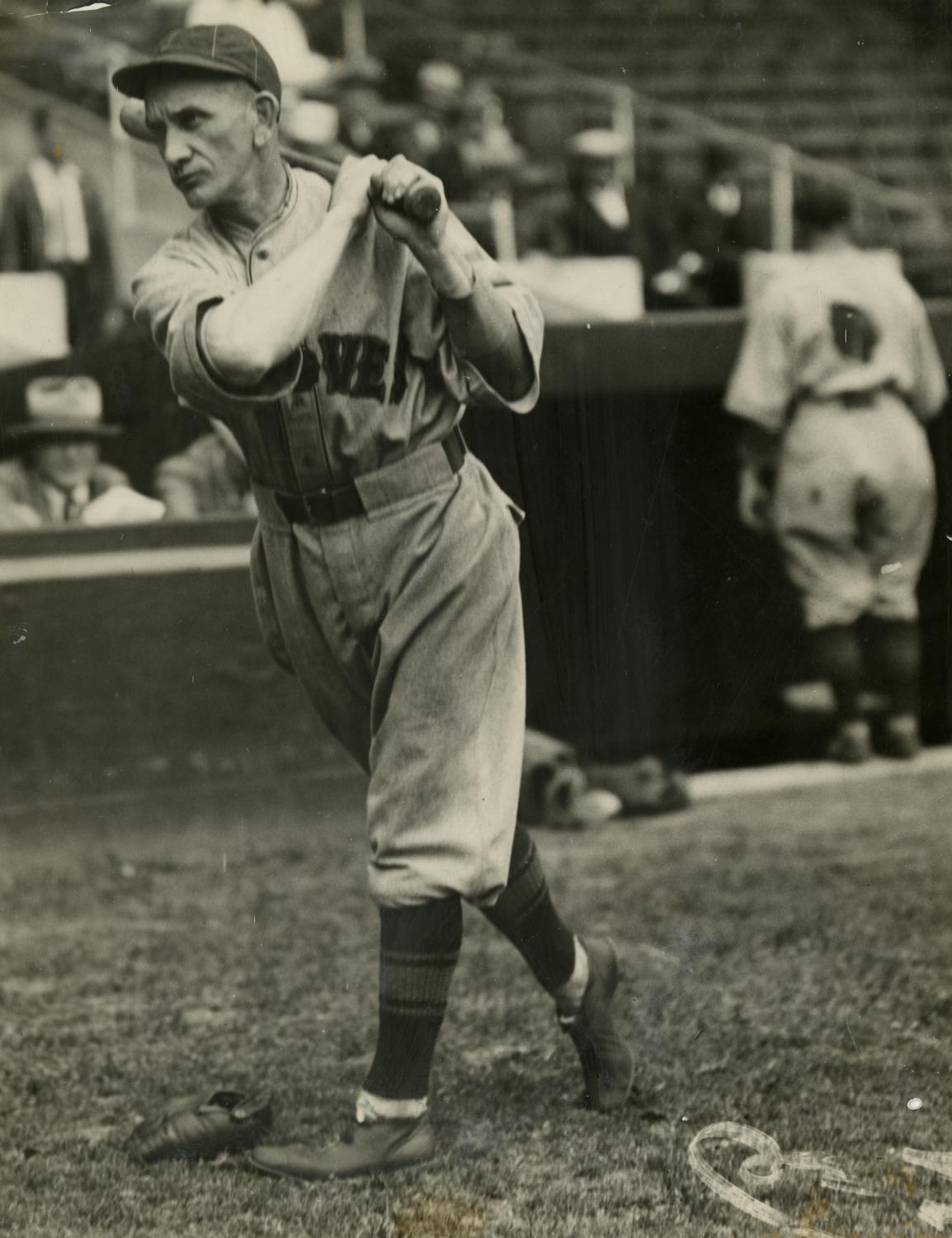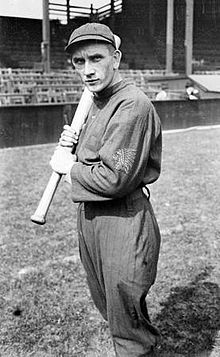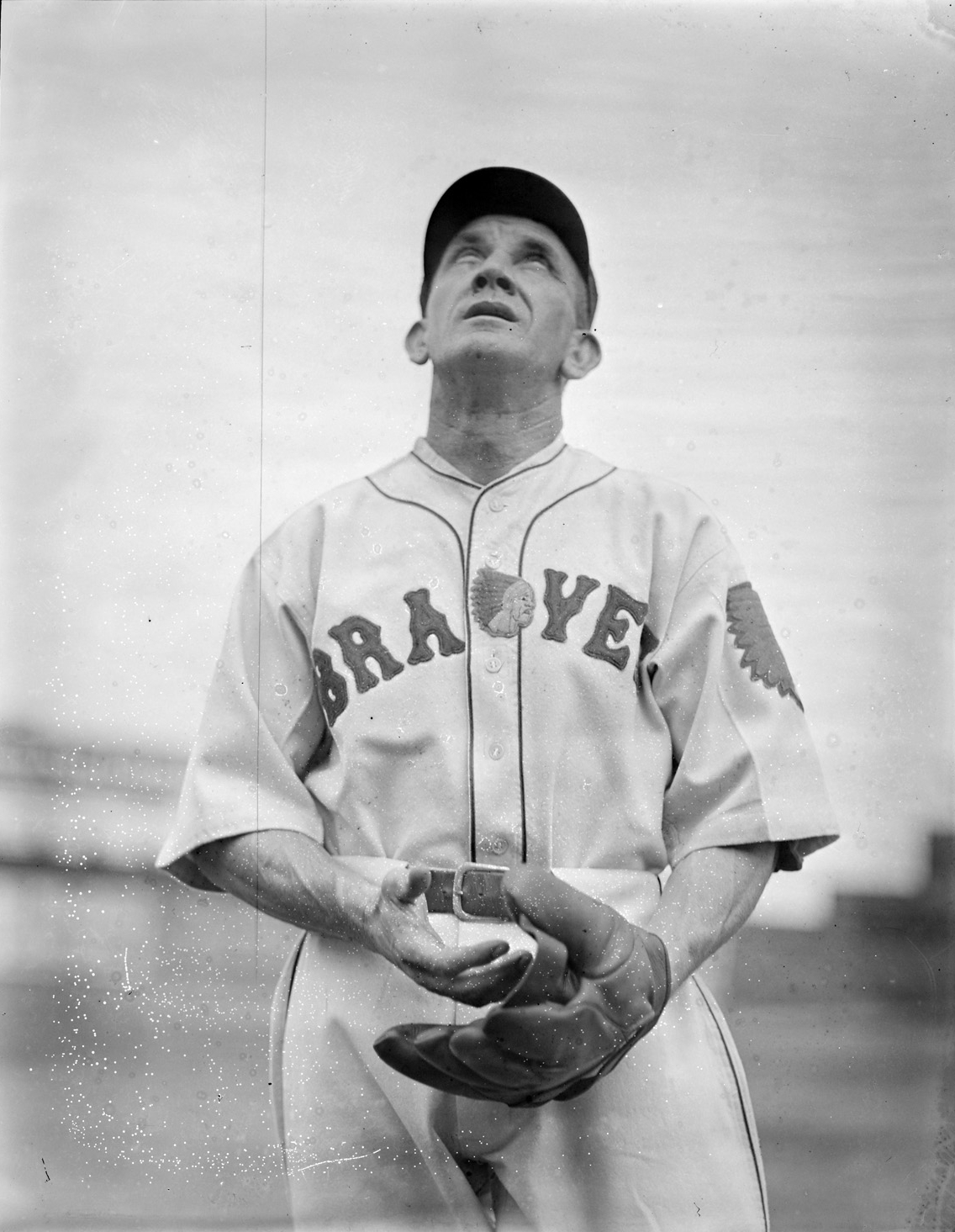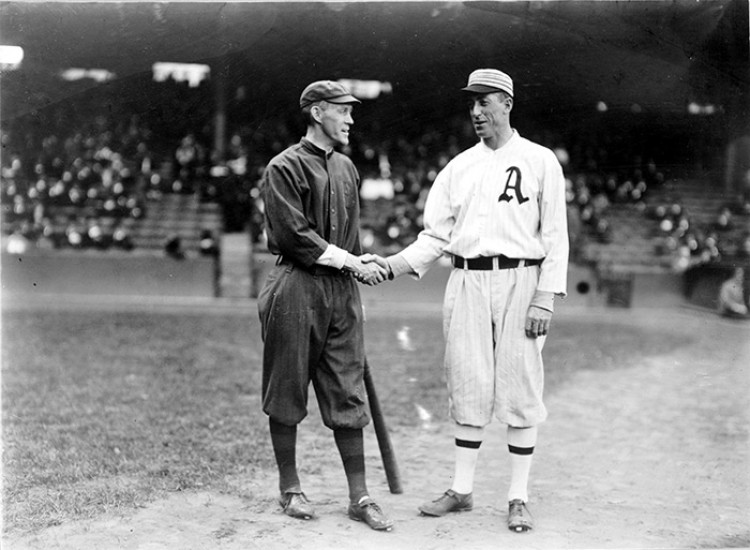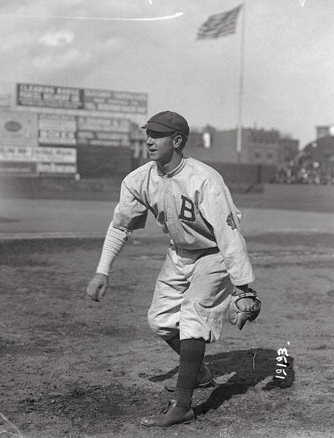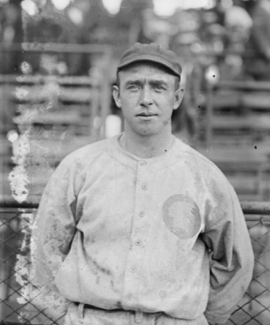When you’re the oldest continuously operating franchise in baseball (or in all of American professional sports, for that matter), you’re bound to have some stories – and the proverbial dusty boxes of history sitting in the attic of the Atlanta Braves’ SunTrust Park are certainly full of them.
This week, we rope in noted baseball historian Charlie Alexander (The Miracle Braves, 1914-1916) to delve into one of the more interesting and oft-forgotten periods of Braves baseball history, when the then-Boston version of the franchise shocked the baseball establishment by rising from last place in the National League on July 4, 1914 to win the league pennant by an astonishing 10 ½ games by regular season’s end (going 68-17 over their final 87 games – a winning percentage of .782), and then sweeping the heavily favored Connie Mack-managed Philadelphia A’s four games to none in the 1914 World Series.
Although also uncharacteristically competitive in the next two seasons (finishing second in 1915 and third in 1916), the “Miracle Braves” of 1914 remained the high-water mark for the Boston franchise over the three decades that followed – finishing no higher than fourth in the eight-team NL during that time, including four seasons in dead last. It wasn’t until 1948 that the team won another pennant (losing in the World Series to Cleveland) – the last hurrah of the Braves’ run in Boston until absconding to Milwaukee during the 1954 preseason.
Buckle up for stories featuring umpire-baiting and platoon-pioneering manager George Stallings, the double-play infield (and eventual baseball Hall of Fame) duo of Johnny Evers and “Rabbit” Maranville, and the ferocious pitching trio of Dick Rudolph, Bill James, and Lefty Tyler – and the curious stadium swap between the Braves and the rival cross-town Red Sox during their respective 1914 and 1915 World Series championships.
Thank you SportsHistoryCollectibles.com, Podfly, and Audible for sponsoring this week’s show!



